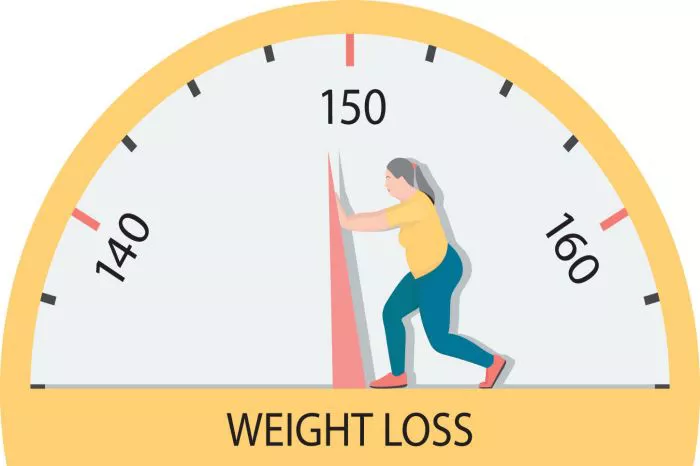In the quest for a leaner, more muscular physique, many individuals wonder if it’s possible to transform fat into muscle through dietary means alone. While the process isn’t as straightforward as it may seem, there are strategies you can employ to optimize your diet for fat loss while simultaneously promoting muscle growth. In this comprehensive guide, we’ll delve into the science behind fat loss and muscle gain, and provide practical tips to help you achieve your fitness goals.
The Basics of Fat Loss and Muscle Gain
Before diving into specific dietary strategies, it’s essential to understand the fundamentals of fat loss and muscle gain. Fat loss occurs when you consume fewer calories than your body expends, leading to a deficit that prompts your body to tap into its fat stores for energy. On the other hand, muscle gain occurs when you provide your body with adequate protein and engage in resistance training, stimulating muscle protein synthesis and promoting muscle growth.
Key Nutrients for Fat Loss and Muscle Gain
Protein
Protein is often hailed as the cornerstone of muscle growth, and for a good reason. It provides the essential amino acids necessary for muscle repair and growth, making it a crucial component of any muscle-building diet. Aim to include high-quality protein sources such as lean meats, poultry, fish, eggs, dairy, legumes, and tofu in your meals.
Healthy Fats
Contrary to popular belief, dietary fat is not inherently fattening. In fact, incorporating healthy fats into your diet can support fat loss and muscle maintenance. Sources of healthy fats include avocados, nuts, seeds, olive oil, and fatty fish like salmon and mackerel. These fats provide essential fatty acids and help keep you feeling satiated, reducing the likelihood of overeating.
Complex Carbohydrates
Carbohydrates often get a bad rap in the realm of weight loss, but they play a vital role in fueling your workouts and replenishing glycogen stores after exercise. Opt for complex carbohydrates such as whole grains, fruits, vegetables, and legumes, which provide sustained energy without causing rapid spikes in blood sugar levels.
Meal Timing and Composition
In addition to selecting the right foods, how and when you eat can also impact your body composition goals. Consider the following tips to optimize meal timing and composition for fat loss and muscle gain:
Prioritize Protein at Every Meal
Distribute your protein intake evenly throughout the day to maximize muscle protein synthesis. Aim to include a source of protein in each meal and snack to support muscle repair and growth.
Time Your Carbohydrate Intake
While carbohydrates are essential for energy, timing your intake around your workouts can enhance performance and recovery. Consume a combination of protein and carbohydrates before and after exercise to fuel your workouts and promote muscle repair.
Don’t Neglect Fat
Include a moderate amount of healthy fats in your meals to support hormone production and nutrient absorption. While it’s essential to monitor your fat intake, especially if you’re aiming for fat loss, cutting out fats entirely can be detrimental to your overall health and well-being.
The Importance of Hydration
Hydration is often overlooked but is crucial for optimal performance and recovery. Aim to drink an adequate amount of water throughout the day, especially before, during, and after exercise. Dehydration can impair exercise performance and hinder muscle recovery, so make it a priority to stay hydrated.
See Also: What To Eat To Lose Love Handles Fast
Putting It All Together: Sample Meal Plan
To help you get started on your journey to turning fat into muscle through diet, here’s a sample meal plan that incorporates the key principles discussed above:
Breakfast:
- Spinach and feta omelet with whole-grain toast
- Greek yogurt topped with berries and almonds
Mid-Morning Snack:
- Apple slices with almond butter
Lunch:
- Grilled chicken salad with mixed greens, avocado, and balsamic vinaigrette
- Quinoa pilaf with roasted vegetables
Afternoon Snack:
- Cottage cheese with pineapple chunks
Dinner:
- Baked salmon with roasted sweet potatoes and steamed broccoli
- Mixed bean salad with olive oil and lemon dressing
Evening Snack:
- Carrot sticks with hummus
Conclusion
Turning fat into muscle through diet is a multifaceted process that requires a combination of proper nutrition, regular exercise, and lifestyle modifications. By prioritizing protein, incorporating healthy fats and complex carbohydrates, optimizing meal timing and composition, staying hydrated, and following a well-balanced meal plan, you can support fat loss while promoting muscle growth. Remember to consult with a healthcare professional or registered dietitian before making any significant changes to your diet or exercise routine, especially if you have any underlying health conditions or dietary restrictions. With dedication, consistency, and patience, you can achieve your fitness goals and transform your body composition for the better.
Related Topics:


